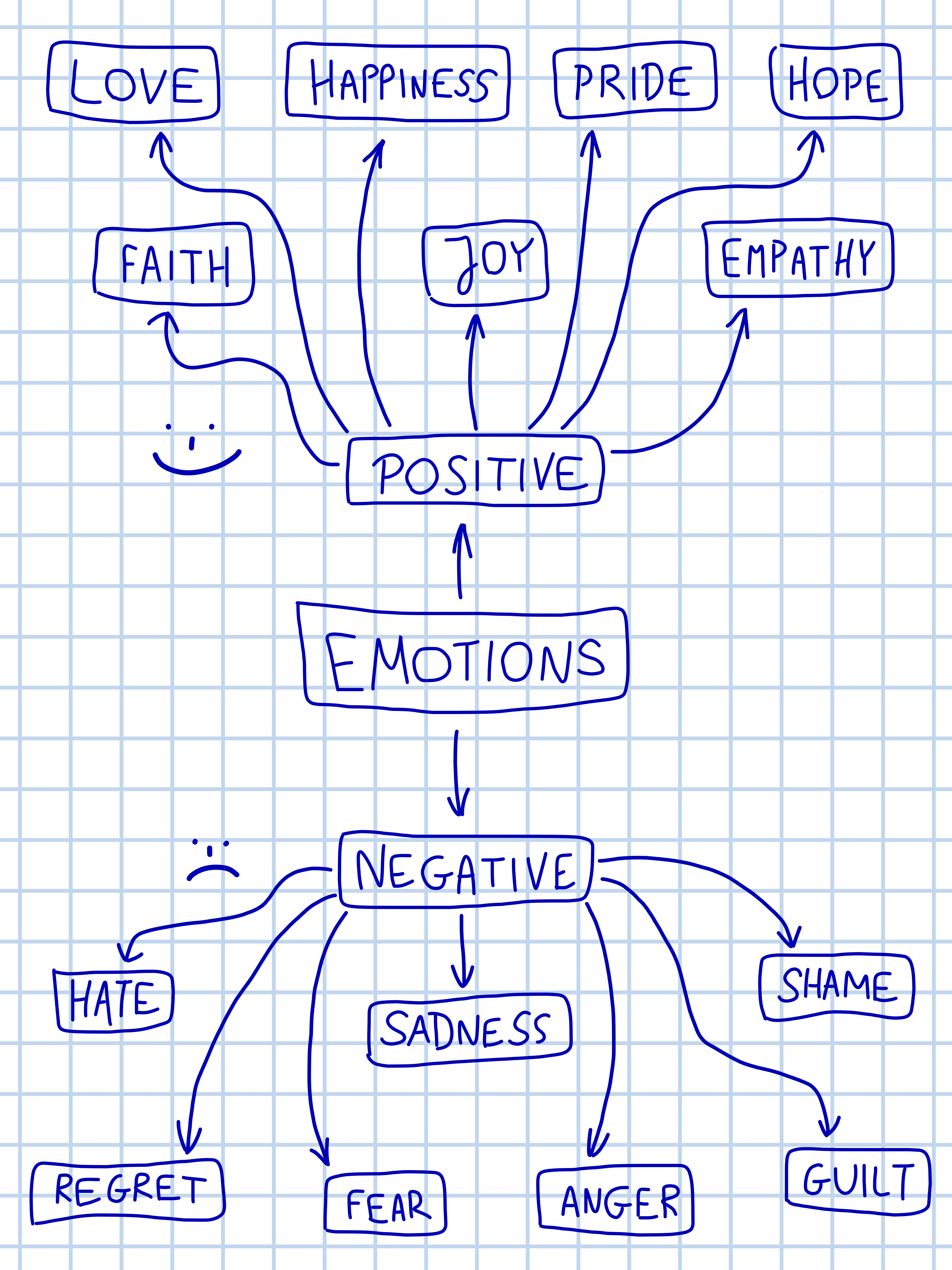Sympathy, Empathy, and Compassion
Sympathy, empathy, compassion. Simple ideas with complex meanings, teasing out what these are and the differences between them can be a challenge.
As I researched in preparation for this topic, it surprised me just how complex each of these ideas really are. Sympathy and empathy are commonly used interchangeably, but they are not the same thing. In truth, they are more like close siblings. While sympathy understands the emotion and expresses sadness and condolences for the circumstances, the person expressing it does not feel with the sufferer. Sympathy offers a level of emotional distance between the sympathizer and the sufferer. On the other hand, empathy happens when we feel with the sufferer. A deeper level than simple relatability, we are joining the sufferer in their pain when we empathize with them.
What Is Compassion?
From empathy and joining in the pain of our loved one, we next arrive at compassion. In compassion, we are moved to action. We do something to alleviate the pain or help make the circumstances better. Maybe we cook a meal, help clean up a mess in the house, or act as a support during a difficult conversation. When we practice compassion, we don’t just feel with them; we actually partner with the sufferer.
Sometimes when we express empathy or attempt compassion, we are rebuffed, met with anger, or otherwise shut down. (“It’s OK; I can handle it.”) While every situation is unique, those with mental illnesses most commonly respond in these ways because they don’t want to be a burden to the offerer. The invisible tape inside their heads may say, “I should be able to handle this. I don’t want to upset her. I need to get my act together,” when the reality is they need help folding laundry. The other common reaction for someone suffering with mental illness – and particularly anxiety or depression – is belief that the offer is not sincere. “He doesn’t mean that; he’s just being nice.” The most we can do in those situations is to establish that the offer is true, and that we aren’t burdened by their acceptance of it. Ultimately, we may still be refused – and that’s OK.
The flip side of offering empathy and compassion is that they can be emotionally draining. In worst case scenarios, we may give time that we need to spend with our families, or money that we need to cover our rent. We need to be careful that we offer only what we truly can – we are not obligated to help, we are not obligated to jump in and feel with someone in pain. While we may sometimes sacrifice time and money in the short-term to help a loved one, longer-term commitments need to be evaluated more carefully. When we know we are free to give as we wish – and the recipient wishes to receive what we have to give – practicing compassion, as Christ does, is an amazing experience.
What stories do you have of receiving or giving sympathy, empathy, or compassion? I would love to hear them in the Comments section below!
Looking for daily inspiration and community? Join our warm and supportive Facebook group!









